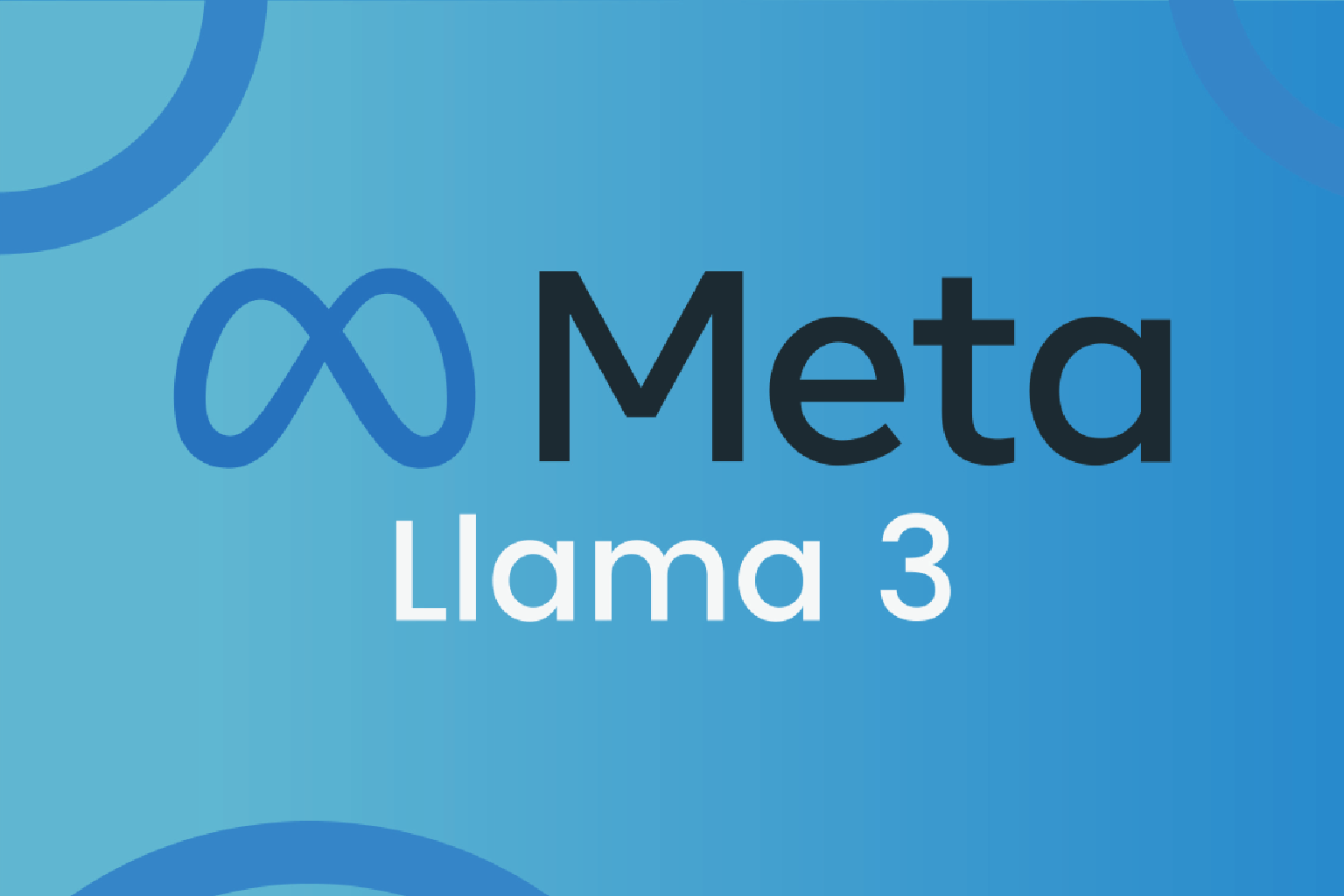
Meta Launches Largest Llama 3 AI Model, Highlights Breakthroughs in Language and Math Performance
Meta Platforms released Llama 3, their newest AI model. It can speak multiple languages and code very well, and it made it to compete with top-paid models from companies like OpenAI.
Meta Platforms released the latest version of its mostly free Llama 3 AI models on Tuesday. They now have multilingual skills and general performance metrics that are very similar to those of paid models from competitors, such as OpenAI.
In blog posts and a research paper, the parent company of Facebook claimed that the new Llama 3 model can speak eight languages, write better computer code, and solve more difficult math problems than earlier models. It has 405 billion parameters, or variables, that the algorithm uses to answer user queries. This is a lot more than the previous version that came out last year, but it is still less than the best models that competitors offer.
However, OpenAI’s GPT-4 model reportedly has one trillion parameters, and Amazon is investing in a model with two trillion parameters. Simultaneously with the release, tech companies are striving to demonstrate that their expanding libraries of resource-intensive large language models can significantly enhance known problem areas such as advanced reasoning, thereby justifying the substantial financial investments made in these models.
Meta is releasing new versions of its flagship 405 billion parameter model as well as its lighter-weight 8 billion and 70 billion parameter Llama 3 models, which were first released in the spring, the company said. All three of the new models can speak more than one language and can handle more complex user requests thanks to a bigger “context window.” Ahmad Al-Dahle, Meta’s head of generative AI, said this would make the experience of writing computer code, in particular, better.
In an interview with Reuters, Al-Dahle said, “That was the number one feedback we got from the community.” He said that larger context windows give the models something like a longer memory, which helps them handle requests with more than one step. Meta primarily provides the Llama models at no cost for developers to utilize. CEO Mark Zuckerberg says that this will lead to new products and more activity on the company’s main social networks. However, some investors are concerned about the associated costs.
Another thing that will help the company is if developers choose to use its free models instead of paid ones. This will hurt its competitors’ businesses. Meta said in its announcement that it had done better on important math and knowledge tests, which may make that job offer more appealing.
Meta’s Llama 3 Model Outperforms Rivals
Despite the challenging nature of tracking AI progress, Meta’s test results indicate that its largest Llama 3 model outperformed Anthropic’s Claude 3.5 Sonnet and OpenAI’s GPT-4o, widely regarded as the two most robust frontier models available in the market.
For example, Meta’s model got a score of 73.8 on the MATH benchmark of competition-level math word problems, while GPT-4o got a score of 76.6 and Claude 3.5 Sonnet got a score of 71.1. The model received an 88.6 on MMLU, a test that covers a lot of math, science, the arts, and humanities. GPT-4o got an 88.7, and Claude 3.5 Sonnet got an 88.3.
In their paper, Meta researchers also hinted at the release of “multimodal” versions of the models later this year. These versions will add image, video, and speech capabilities to the core Llama 3 text model. They said that early tests show that these models can “compete” with other multimodal models like Google’s Gemini 1.5 and Anthropic’s Claude 3.5 Sonnet.


